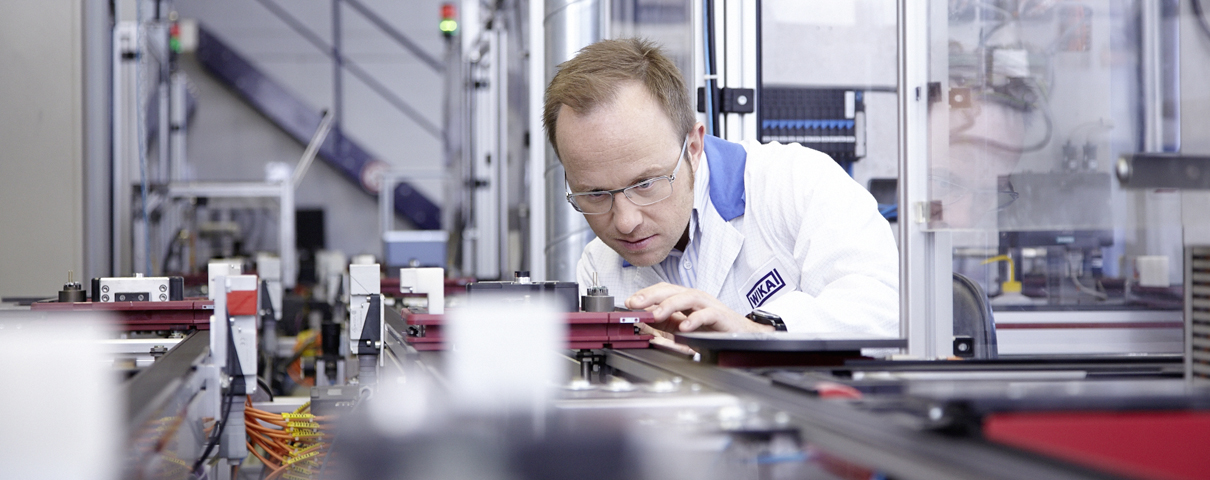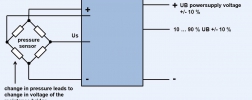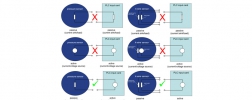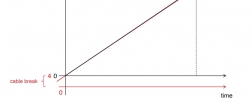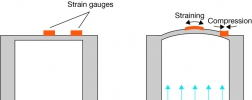For some applications, for example in vehicles or battery operated applications, an output signal is required which can be operated at low power to enable a long service life. Normally, ratiometric signals are transmitted as 10 ... 90 % of the powersupply voltage. …
Output signal
Electrical circuit for pressure sensors: when is a sensor active, and when passive?
Stefan Heusel | PressureWhen using pressure sensors, the output signals 0 … 20 mA, 4 … 20 mA and DC 0 … 10 V are frequently chosen in order for the sensor signals to be evaluated and further processed. For this, the signal output of the pressure sensor is usually connected to a …
Analogue output signals of pressure sensors 2: DC 0 … 10 V, DC 1 … 5 V, DC 1 … 10 V
Stefan Heusel | PressureApart from the current signals described in the article "Analogue output signals of pressure sensors 1", the voltage signals 0 … 10 V, 1 … 5 V and 1 … 10 V are used in industrial automation for the transmission of measured values. As with the current signals, …
Analogue output signals of pressure sensors 1: 4 … 20 mA
Stefan Heusel | PressureIn industrial automation and in pressure sensors in particular, the current signal of 4 ... 20 mA is the most frequently used signal for analogue transmission of values. The wide use of this signal is due to its ease of handling and especially its interference …
What is the functional principle of a resistive pressure transmitter?
Anna Gries | PressureThe functional principle of a resistive pressure transmitter is very simple. The pressure sensor converts the mechanical pressure value into a proportional electrical signal. The pressure sensor typically consists of a stable main body and a (thin) diaphragm. The …

